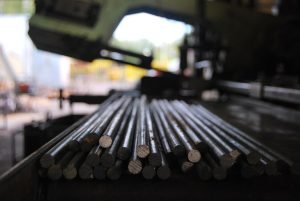Last Updated on June 27, 2024 by teamobn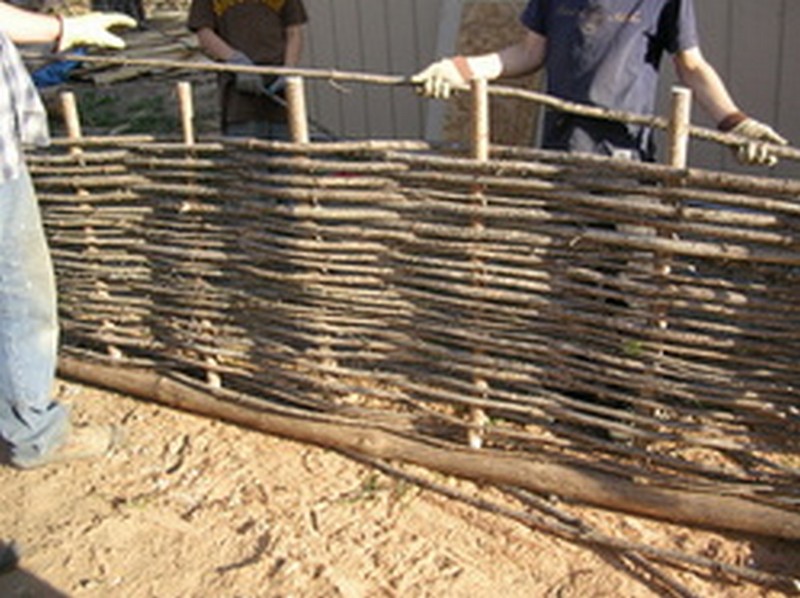
Pine wattle fencing (or wicket fencing if you’re in the UK) is a fun family project. Many trees and shrubs are suitable for the materials and it is a totally hands-on experience. In fact, there’s not a nail to be found.
With a little imagination, this idea can be used all around the home to create interesting focal points – simple screens as well as fences, caging, or raised bed planters. It can be woven through spokes in a single weave or in clusters to get that basketweave appearance.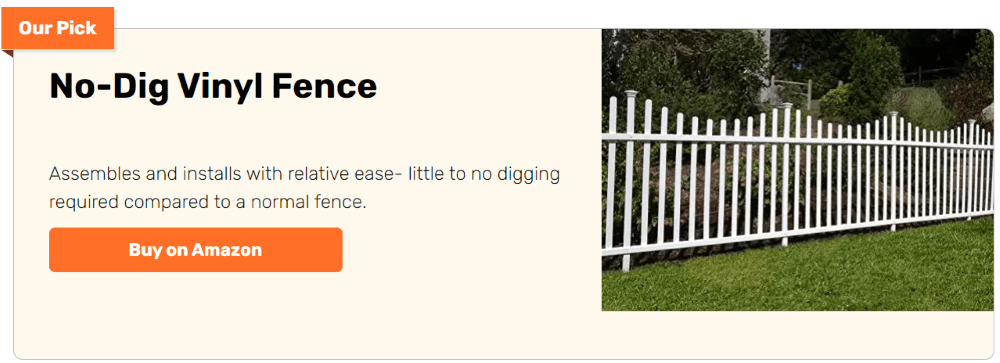
Pine and willow are popular choices for materials. It’s organic and inexpensive since they are made from repurposed cuttings and twigs. Despite being made of twigs, they actually make sturdy fences as they hold together nicely once they’re woven. They can also last a reasonable time.
They take a bit of time to build but then you can always make it a family affair. Or you can ask neighbors to help one weekend and end the activity with an alfresco dinner. Either way, it should yield wonderful results. For inspiration, check out the pine wattle fences in our gallery…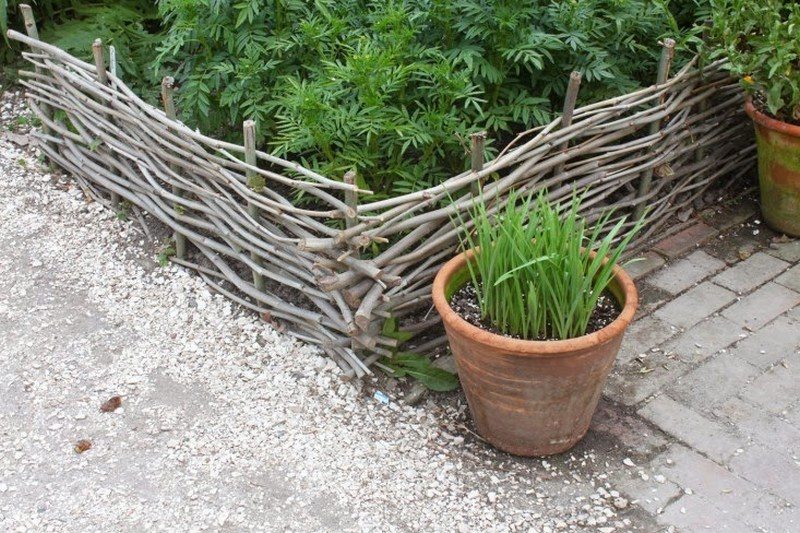
Building a Wattle Fence
With the use of a few materials in the forest and your creativity, you can make your own Pine Wattle Fence. Below is the list of materials to get started.
Materials
- Pine wattles
- Lumber 5×7 & 2×4
- Nails and screws
Tools
- Drill
- 1″ drill bit
Instructions
1. Measure and gather the materials.
Measure the area where you want your pine wattle fence to be located. Collect all the needed materials. If there are no pine trees in your area, you can use any alternative branches that will give an awesome rustic look to your fence, like a bamboo split in half.
2. Make a hurdle jig.
Lumber can be a hurdle jig, lay this horizontally and mark a pattern using the tapered wattles. You can nail them to keep them stable before making the markings on the lumber. Drill 1.5-inch holes. We recommend spaces to be 16 to 18 inches. The bigger the wattle, the bigger the spaces should be.
3. Cutting the big wattles.
Make 2 stacks of these, estimate around 1.5 inches in diameter and the pile is recommended to be 1 inch or less.
Place the shorter end of the wattles in a shaving horse after trimming it to three to four feet long. As we score the short end of the wattles gently, we’re using a hand brace equipped with a 1inch drillbit. Draw a taper on the wattle’s end, use this as a reference for the remaining wattles. These big wattles serve as the stand or the main support of the fence.
4. Attach the big wattles.
Securely attach the wattles vertically to the hurdle jig. To make sure they are tightly attached, use a hammer.
5. Weave the thinner wattles.
Finally, weave the thinner wattles around or alternately to the bigger wattles. Then secure these by tying up and nailing them to the bigger wattles.
For the last part, remove the hurdle jig. We recommend you bury the big wattles in the soil. You can trim the thin wattles that are off the fence, to be perfectly even. Now you have a naturally beautiful and sturdy pine wattle fence! 🙂
Thanks to Forgotten Way Farms for this great project. You can get the full step-by-step instruction here…
Click on any image to start the lightbox display. Use your Esc key to close the lightbox. You can also view the images as a slideshow if you prefer 😎
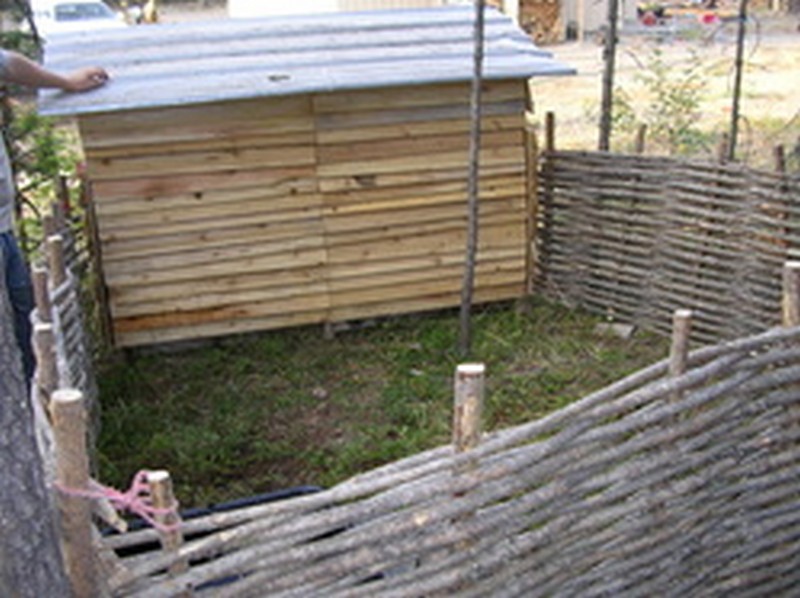
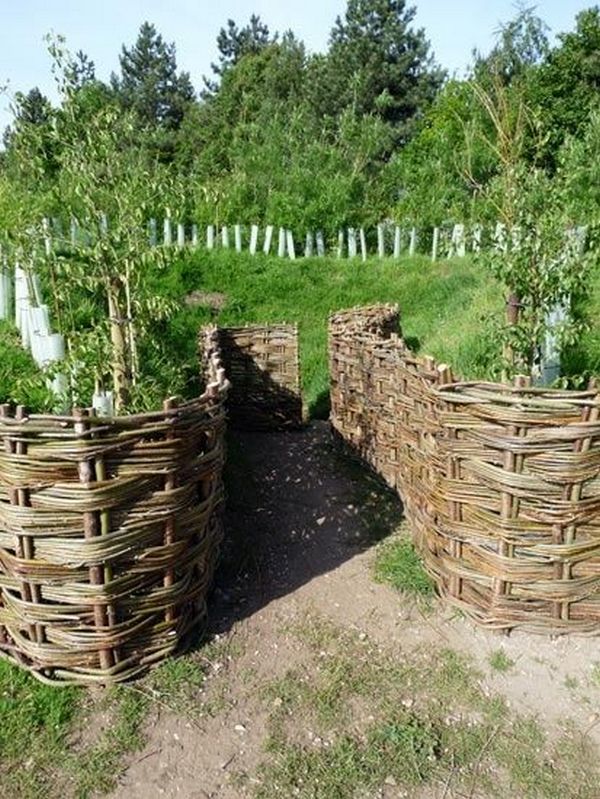
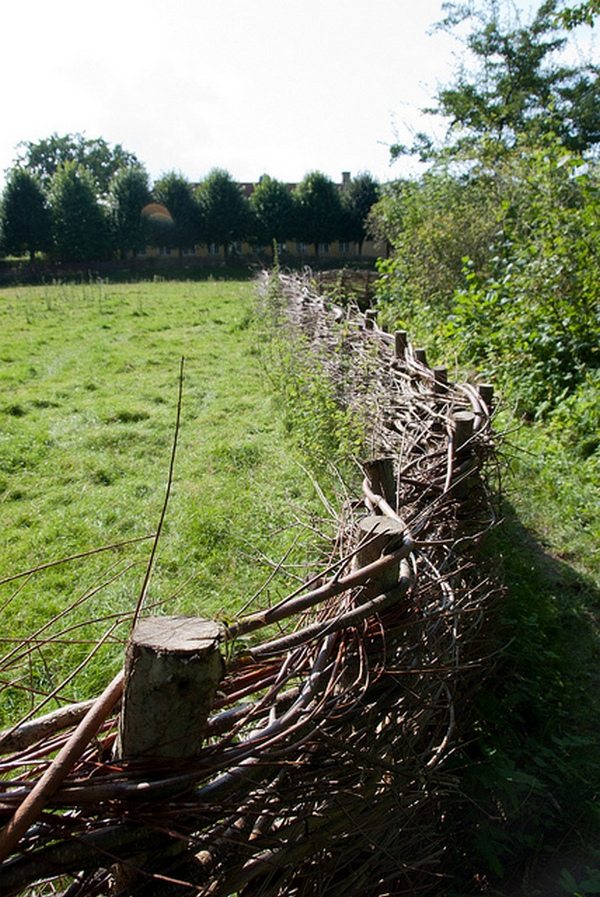
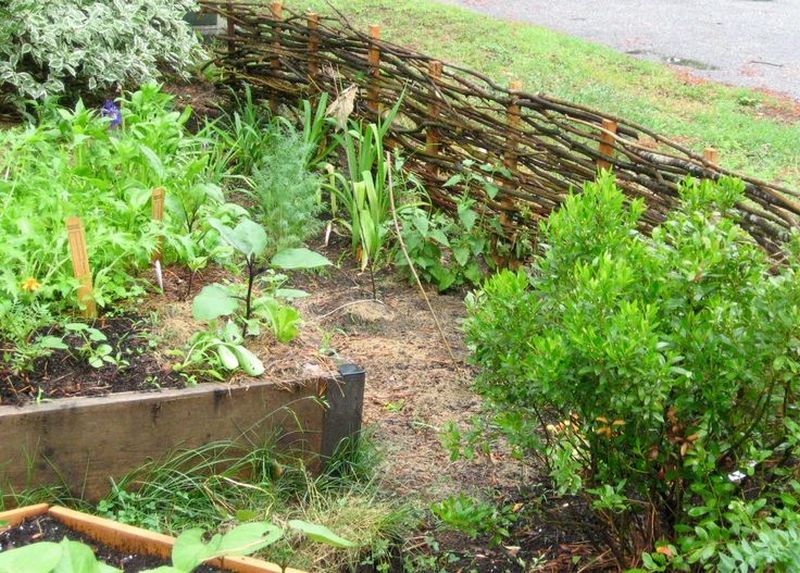
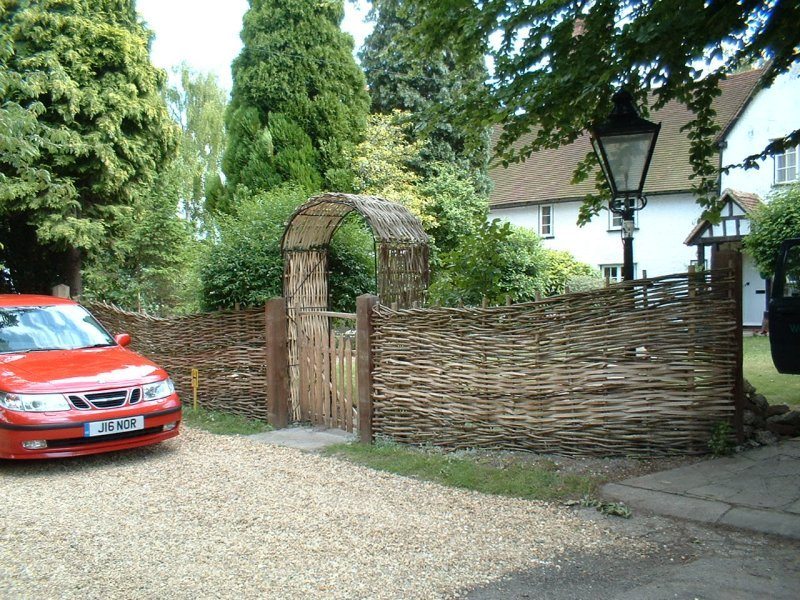
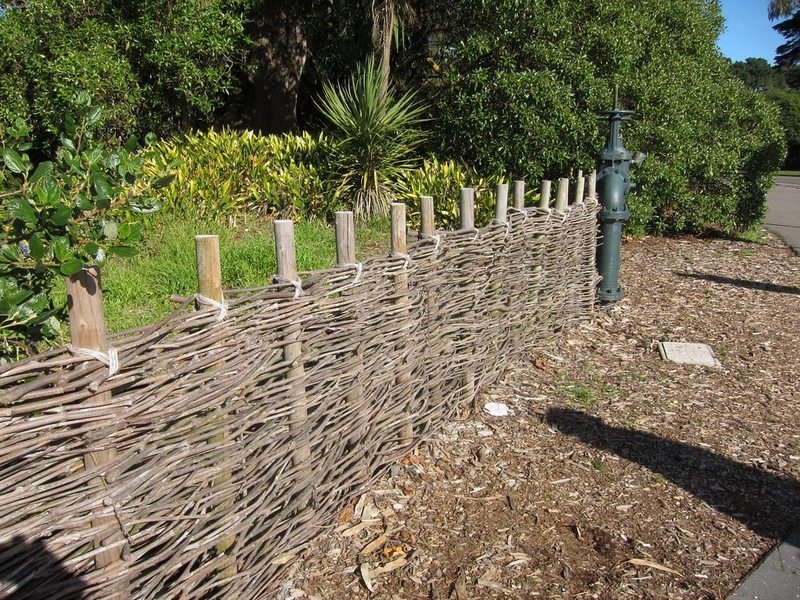

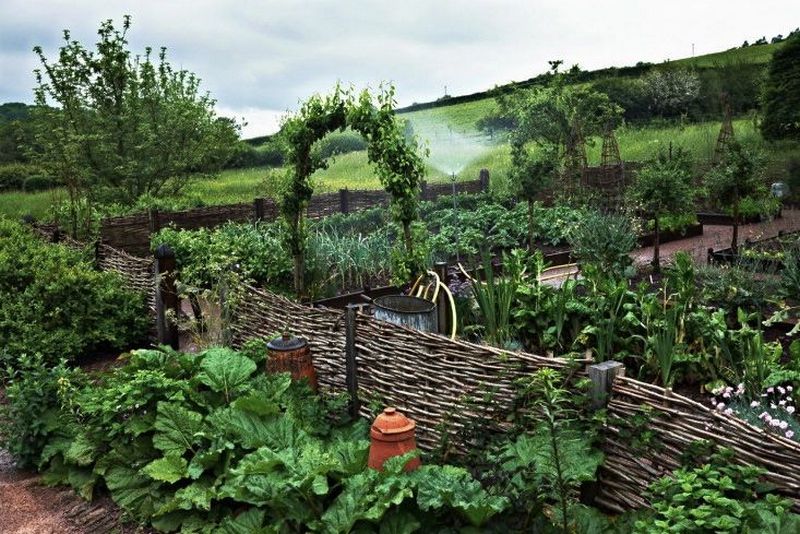
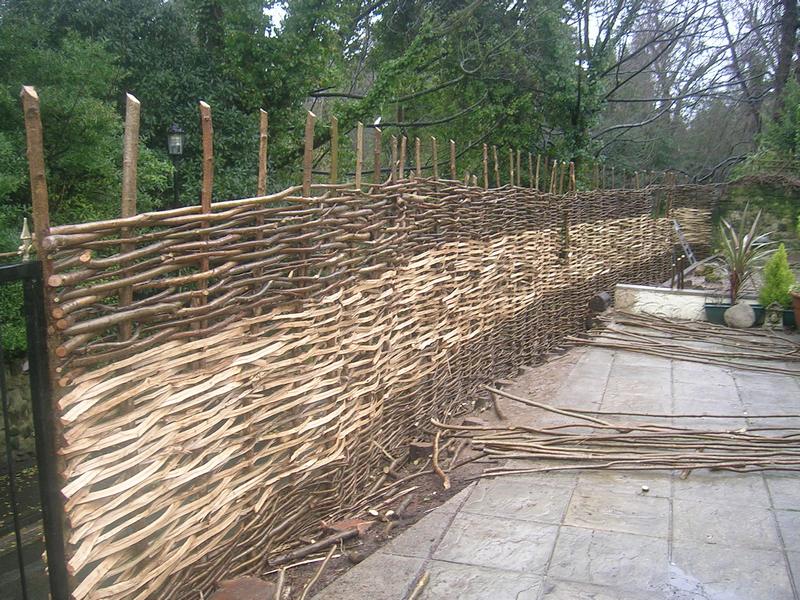
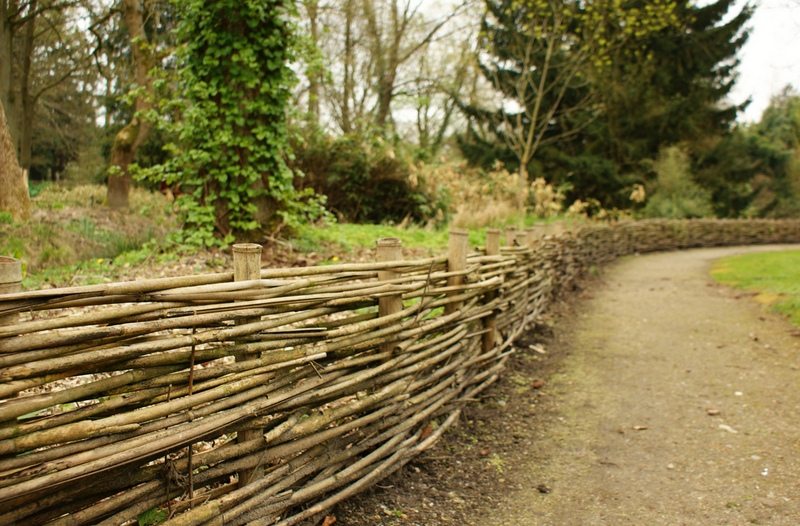

Understanding the Benefits of a Wattle Fence
The ancient practice of wattle fencing is returning in contemporary gardening and landscaping because of its many advantages. This eco-friendly and attractive fencing choice has both aesthetic and functional benefits for your outdoor areas. Here, we go over the main advantages of adding a wattle fence to your yard or garden.
Eco-Friendly Solution
Wattle fences are an eco-friendly choice. They are made from natural materials like pine, willow, and other flexible branches, which are often repurposed from pruned trees and shrubs. This reduces waste and promotes sustainable gardening practices. By using locally sourced materials, you minimize the carbon footprint associated with manufacturing and transporting conventional fencing materials.
Cost-Effective
Building a wattle fence is a cost-effective option compared to other types of fencing. The primary materials, such as branches and twigs, are usually free or very inexpensive. Additionally, you can save on labor costs by making it a DIY project. This affordability makes wattle fencing an attractive choice for budget-conscious gardeners.
Aesthetic Appeal
The natural and rustic look of a wattle fence adds charm and character to any garden. Its organic design seamlessly blends with the surrounding landscape, creating a harmonious and visually pleasing environment. The woven patterns can be customized to suit your aesthetic preferences, making each fence unique.
Durability and Strength
Despite their seemingly delicate appearance, wattle fences are quite sturdy. The interwoven branches create a strong structure that can withstand various weather conditions. With proper care and maintenance, a well-constructed wattle fence can last for many years, providing both beauty and function.
Habitat for Wildlife
Wattle fences offer an excellent habitat for wildlife. The nooks and crannies within the woven structure provide shelter for insects, birds, and small mammals. This can enhance biodiversity in your garden, promoting a healthier ecosystem.
Versatility
Wattle fencing is highly versatile and can be used for various purposes beyond traditional boundary marking. Use it as garden dividers, decorative screens, or even as support for climbing plants. Its flexibility allows you to create custom shapes and sizes to fit your specific needs.
Incorporating a wattle fence into your garden not only boosts its aesthetic appeal but also brings numerous practical benefits. From being an eco-friendly and cost-effective option to offering durability and creating wildlife habitats, wattle fencing is a versatile and sustainable choice for any outdoor space. Consider adding this charming and functional feature to your garden to enjoy its many advantages.
Best Materials for Wattle Fencing
Choosing the right materials for your wattle fence is crucial for ensuring its durability, aesthetics, and overall success. While pine and willow are popular choices, many other options can provide unique looks and benefits.
Here, we explore the best materials for wattle fencing to help you make an informed decision for your next project.
Pine
Pine is one of the most commonly used materials for wattle fencing due to its availability and flexibility. Pine branches are easy to work with and can be sourced from various pine species. They offer a light, rustic appearance that blends well with natural landscapes. Pine is also relatively durable, making it a practical choice for outdoor fencing.
Willow
Willow branches are another excellent option for wattle fencing. Known for their flexibility and strength, willow twigs can be woven tightly, creating a sturdy and long-lasting fence. Willow also has a fast growth rate, making it a renewable resource. Its smooth, slender branches provide a refined and elegant look to any garden.
Hazel
Hazel is highly regarded for its strength and durability. Hazel rods are thick and robust, capable of creating a solid fence that can withstand harsh weather conditions. The natural brown color of hazel adds a warm and earthy tone to your garden. Additionally, hazel coppices well, meaning you can harvest new growth sustainably year after year.
Bamboo
For a more exotic look, consider using bamboo for your wattle fence. Bamboo is incredibly strong and flexible, making it ideal for intricate weaving patterns. Its natural resistance to pests and decay ensures longevity. Bamboo also grows quickly, providing an eco-friendly option for sustainable gardening.
Dogwood
Dogwood branches are another versatile material for wattle fencing. They are flexible, easy to weave, and come in various colors, including red, yellow, and green. This variety can add a vibrant touch to your garden. Dogwood is also known for its durability, ensuring your fence remains sturdy and attractive over time.
Alder
Alder is a less common but effective material for wattle fencing. It is flexible and easy to work with, similar to willow. Alder branches have a smooth texture and a rich, reddish-brown color that can enhance the visual appeal of your fence. Alder trees also grow quickly, making them a sustainable choice.
Selecting the best materials for your wattle fence depends on your aesthetic preferences, availability of resources, and the specific needs of your garden. Whether you opt for the classic pine and willow or explore alternatives like hazel, bamboo, dogwood, or alder, each material offers unique benefits that can contribute to a beautiful and functional wattle fence. By choosing the right materials, you ensure your fence will be a durable and charming addition to your outdoor space.
Conclusion
Building a wattle fence offers a blend of practicality and natural beauty to your garden. Using locally sourced materials, you can create a unique and eco-friendly structure that enhances your outdoor space. This timeless technique not only adds aesthetic appeal but also provides durability and habitat for wildlife.
If you liked this project, you will also like viewing these gardening ideas…



